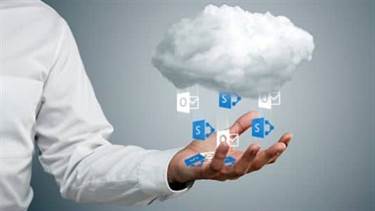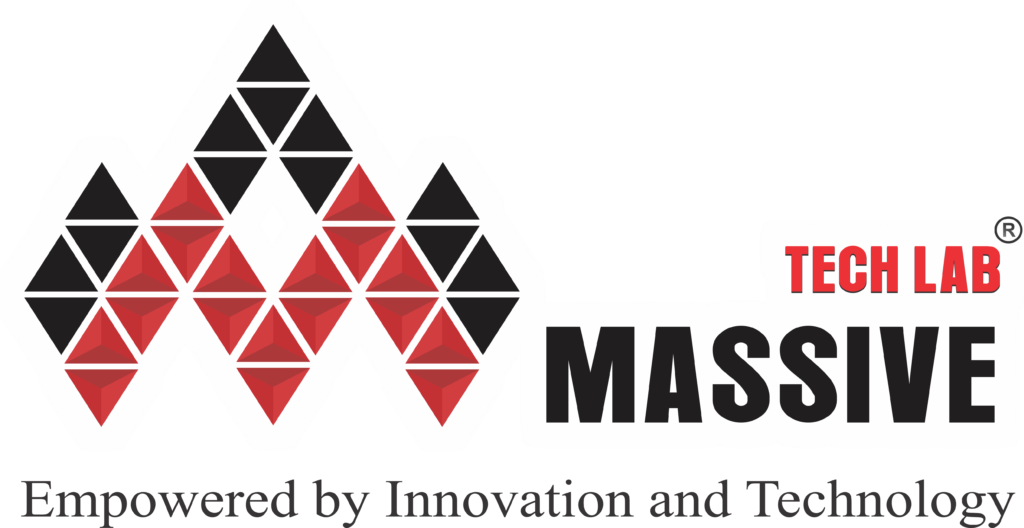What are the Four Key Enterprise Systems?
The term is sometimes used interchangeably with Enterprise Resource Planning (ERP) but the latter is more a type of EMS, rather than a synonym. According to Kaplan and Norton, companies are using the balanced scorecard to drive strategy execution, clarify and identify strategic initiatives, and conduct strategy performance reviews to better understand their company. When it comes to large-scale corporations, one of the biggest hurdles can be streamlining.

The system collects and analyzes data from various sources, like marketing, sales, manufacturing, HR, etc., using data mining, benchmarking, and advanced statistical algorithms. ERP software helps support organizational goals by providing a cross-functional, company-wide communication system. It allows efficient collection, storage, interpretation, and management of information. Business systems are commonly in place to help organizations with company-wide knowledge, productivity, and efficiency.
Types of Information Systems in an Organization
This is the reason many ERP platforms start with a set of core modules, which allows for a highly flexible approach to suit unique business requirements. Enables more effective cross-selling and up-selling by providing insights into customer needs and preferences. Allows what are the three primary types of enterprise systems you to identify and segment customers based on a myriad of attributes, preferences, behaviors, and buying patterns. A properly optimized CRM system can automatically process orders with suppliers and track each department’s efficiency when it’s being manufactured.
Enterprise systems, customer relationship management, and supply chain management are three enterprise applications. Enterprise systems are based on a suite of integrated software modules and a common central database. Enterprise systems utilize enterprise software to support financial and accounting, human resources, manufacturing and production, and sales and marketing processes. Customer relationship management systems help firms maximize the benefits of their customer assets. These systems capture and consolidate data from all over the organization and then distribute the results to various systems and customer touch points across the enterprise. Customer relationship management systems can be classified as operational or as analytical.
The Three Major Enterprise Applications
Offers visibility into the supply chain, allowing for better planning and management of resources. Supports effective management of the product life cycle, from development to disposal, ensuring coordination and efficiency in various phases. The SCM system includes such modules as procurement (or purchasing), inventory management, warehousing (WMS), and transportation (TMS). In some cases, their use without modification does not solve all the tasks of the organization or is too expensive at a distance because of the subscription model.
Moreover, it also simplifies the management of global trade across contractors, suppliers, partners, and customers. They each look to enhance the efficiency of employees, provide better customer relationships, and contribute to business growth and sales. ERP software is designed to optimize
the internal processes within a company. It provides employees with accurate
real-time data and reports, and it assists managers by contributing timely
information to aid them in their decision-making process.
Types of Digital Enterprise Systems: All You Need To Know
Even though some people use the terms Enterprise Resource Planning and Enterprise Management System interchangeably, they have some differences. For starters, whereas an EMS can include an ERP as part of its package, ERP itself is an independent application with individual modules that address different business functions. Mainly, an EMS can include ERP as
part of the package, but the ERP itself is a standalone application with individual
modules that address various business functions. Even the largest organizations can streamline
their processes and enhance collaboration and efficiency across multiple teams. Because of the high implementation
costs of the system and the fact that small and medium-sized companies are less
complex, Enterprise Management Systems were usually not suitable for smaller
businesses. An Enterprise Management System (EMS) is a comprehensive software package that caters to the many needs of larger organizations.

Implementing an enterprise software system in your business can help improve employee access to valuable consumer knowledge, prevent repetitive duplication of company data, and increase overall organizational productivity. Digital systems help organizations increase the efficiency of their activities, control the work of different departments better, share knowledge and enhance transparency in business processes. Enterprise software development offers great benefits to the regular workflow and elevates its productivity.
Store Business Data in a Usable Format
It can act as a consolidation solution for all contact information in an organization with full multidimensional classification and built-in LDAP interfacing. A supply chain execution system manages the flow of products through distribution centers and warehouses to ensure that products are delivered to the right locations in the most efficient manner. Supply chain management benefits include improved customer service and responsiveness, cost reduction, and cash utilization. Supply chain management systems help an organization better manage its supply chain, including planning, sourcing, making, delivering, and returning items.
With OFBiz in place, you can get started right away and then grow your operations as your business grows, without the huge deployment and maintenance costs of traditional enterprise automation systems. These are just 10 of the many ways an enterprise system can benefit a business and its customer satisfaction record. The diversity of these ten benefits underscores the importance of having training and experience working with these complex systems. Businesses are realizing that customers are long-term assets, and by utilizing an enterprise system they can keep these assets in their portfolio. It provides thorough data analytics, giving organizations insights into how to build stronger customer relations and improve the quality of service.
Time Management Tips for Taking 3 Credits in 8 Weeks
Supply chain management refers to the management of supply chain activities in an effective and efficient way to provide a company with a strategic advantage. Through automation and data centralization, a modern enterprise system has become a key to success for any corporation that wants to be and stay competitive. Enterprise Resource Planning software is designed to enhance a business’s internal processes. It helps managers’ decision-making process by furnishing them with timely information.
- Nowadays, CRM has become the best technological asset for collecting customer data and forecasting sales or market opportunities.
- Facilitates demand forecasting, helping to optimize inventory levels and reduce carrying costs.
- Nordmeyer holds a Bachelor of Science in accounting, a Master of Arts in international management and a Master of Business Administration in finance.
- It enables us to make documents or transactions only readable by those that we designate.
The International Data Corporation stated that the worldwide enterprise application system market is expected to reach a value of $265.7 billion by 2024, with a five-year compound annual growth rate (C.A.G.R.) of 3.4%. Business intelligence apps are aimed at data analysis and the provision of accurate information for effective decision-making. This practice helps companies reduce expenses, learn what works best, and reveal the actions that should be replaced or eliminated. Business intelligence apps often include business analysis, data mining and visualization tools with a robust infrastructure.
Three Types of Enterprise Systems and Their Functionalities
The module is tightly integrated with SCM, especially in areas like product planning and inventory control. Most have heard the term “enterprise system” but do not have a precise idea of how exactly such systems are integrated into organizations and what functions they are designed to perform. In this article, we will tell what exactly the enterprise system is, how it can help businesses, present its major types and their key features. Corporations require them to collect, process, and interpret a vast amount of data, tying together lots of business processes and enabling the flow of data between units to run operations efficiently. Nonetheless, since numerous functions are bundled together into a single package, the cost of the entire system is usually cheaper than going to separate providers for different tools for different areas of the business.

